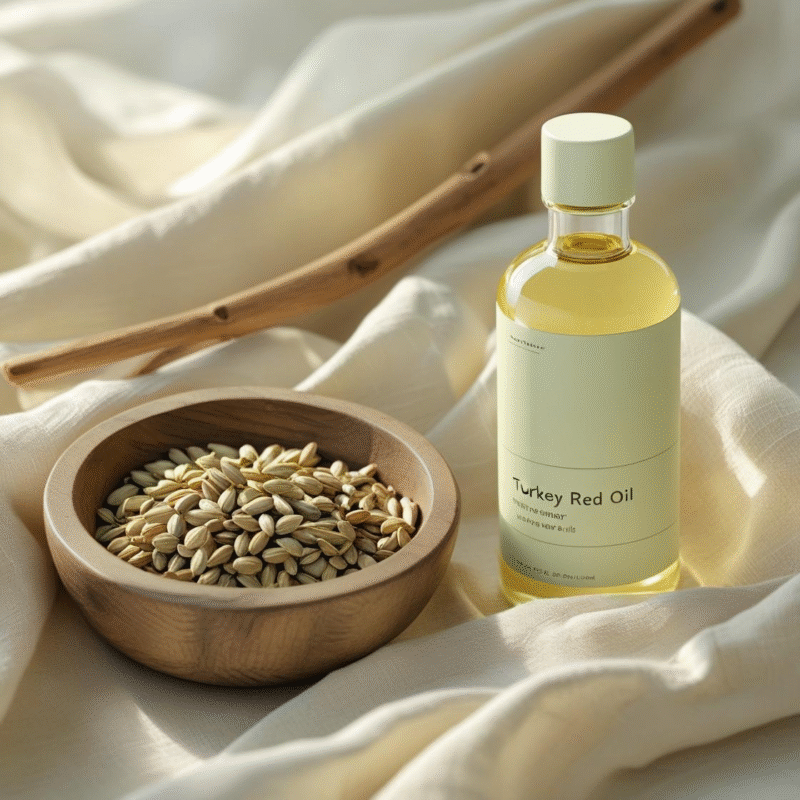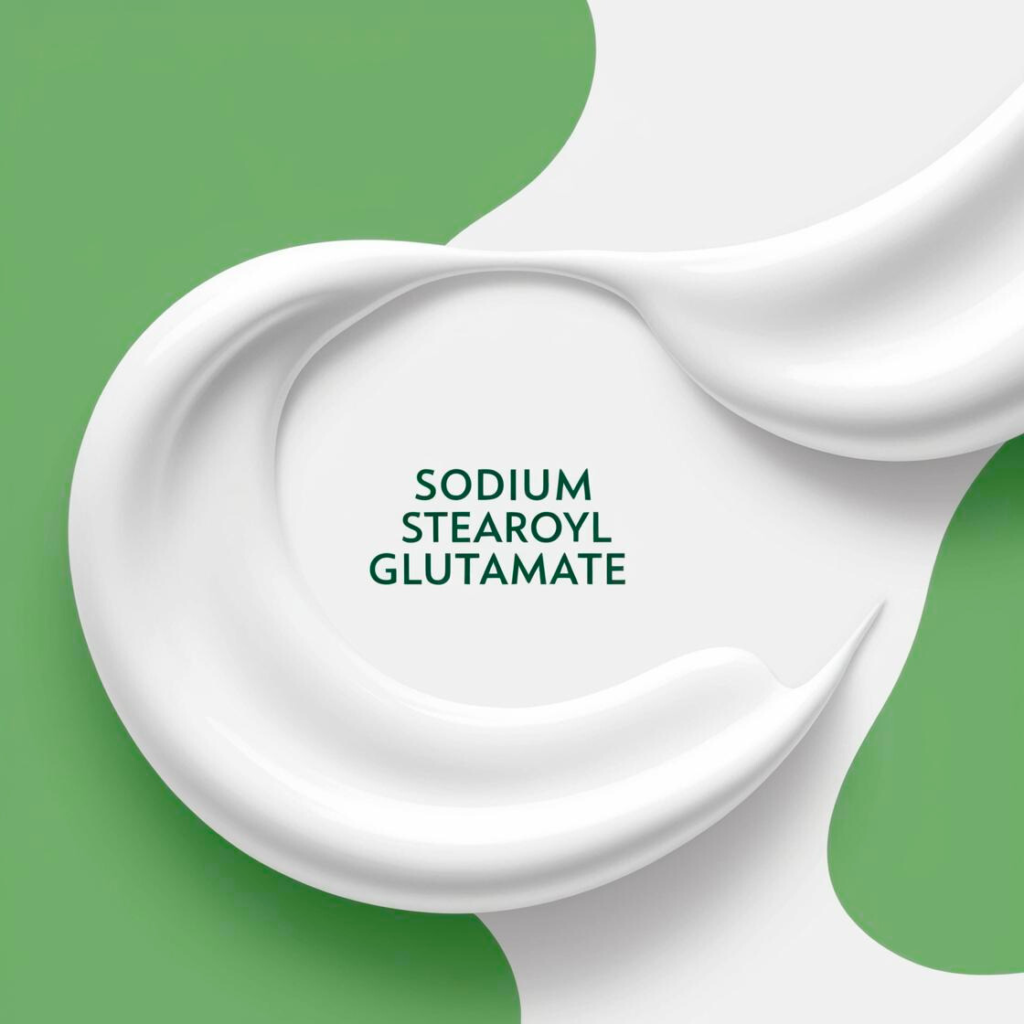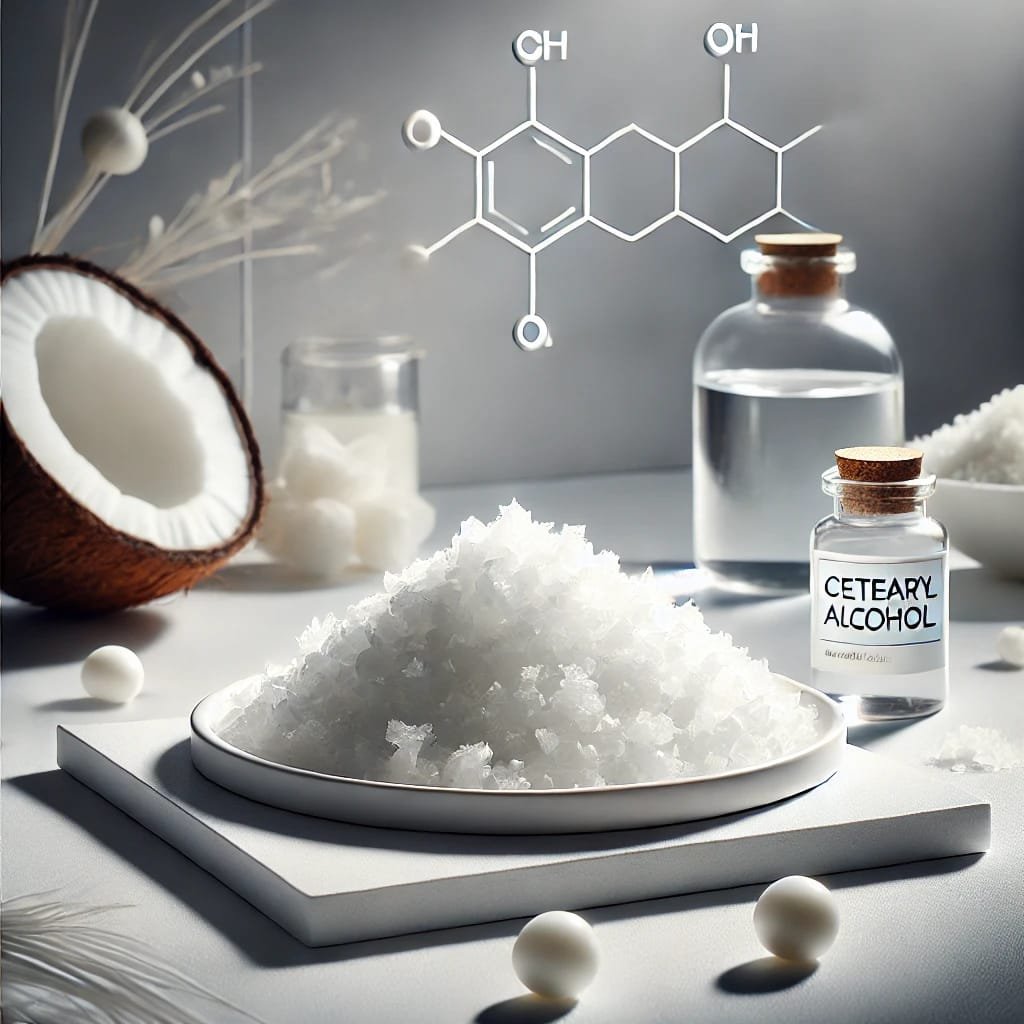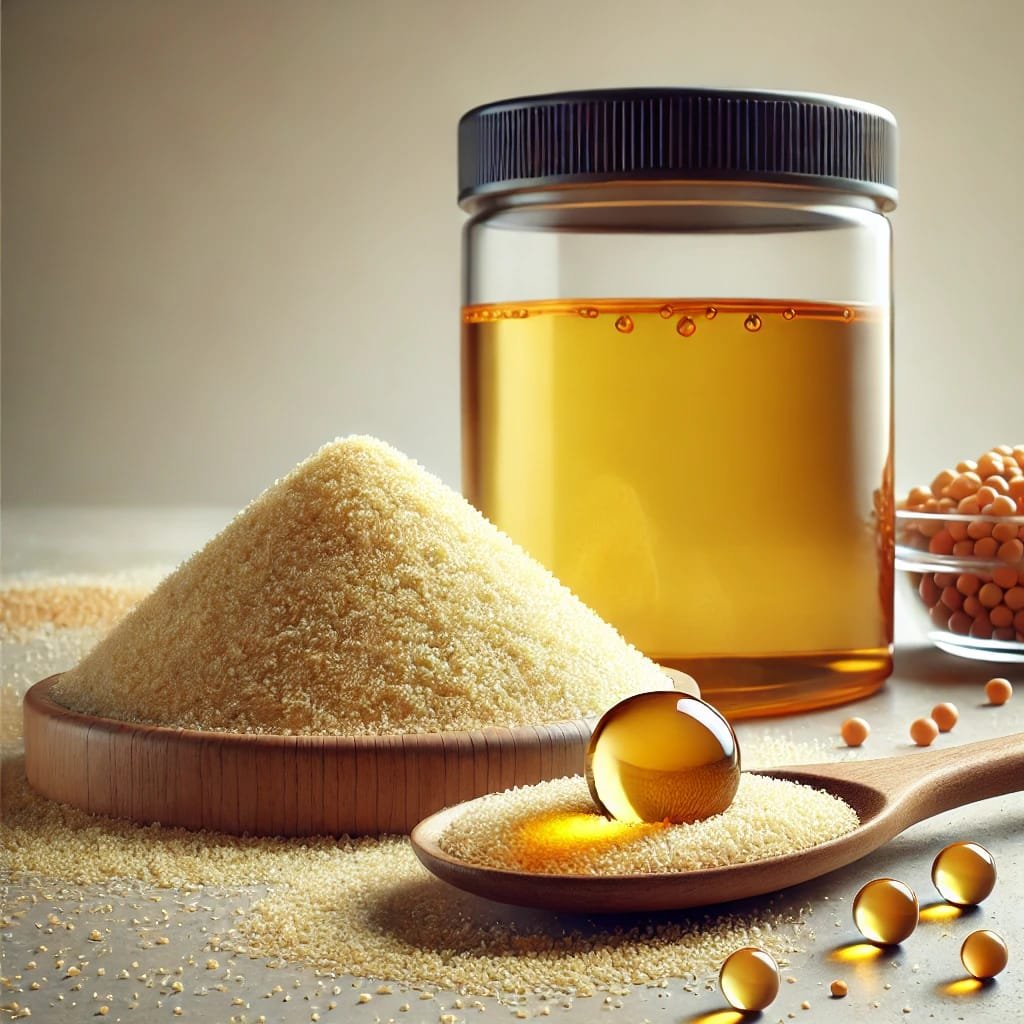CAS Number 8002-33-3
INCI Name Sulfated castor oil
Purpose
Turkey Red Oil (Sulfated Castor Oil) is a natural emollient and solubilizer, ideal for dispersing essential oils in bath, skincare, and hair care products. It moisturizes, gently cleanses, and enhances product texture in low-foaming, soothing formulations.
Origin
Turkey Red Oil is derive from castor oil through a sulfation process, making it water-dispersible. This unique modification allows it to act as a natural emulsifier and solubilizer in cosmetic, bath, and hair care formulations.
| Feature | Description |
|---|---|
| Name | Turkey Red Oil (Sulfated Castor Oil) |
| Type | Emollient, Solubilizer, Mild Surfactant, Water-Dispersible Oil |
| Source | Derived from Castor Oil (Ricinus communis) through sulfation |
| pH | 6.0 – 7.5 |
| Color | Pale Yellow to Amber |
| Odor | Mild, Characteristic |
| Physical State | Liquid |
| Solubility | Completely dispersible in water; soluble in alcohol |
| Concentration (Usage) | Typically 1% – 20% in cosmetic formulation |
| Boiling Point | >100°C |

Water-Dispersible Emollient
Unlike regular oils, Turkey Red Oil can be mix directly into water without the need for emulsifiers. This is achieve through sulfation, where sulfuric acid reacts with the hydroxyl groups of castor oil’s ricinoleic acid chains, making the molecule hydrophilic (water-loving). As a result, it forms a fine, uniform dispersion when added to water. This property is highly valuable in cosmetic formulations, particularly for creating clear or uniform bath oils, toners, and mists without oily separation.
Excellent Solubilizer for Essential Oils
One of Turkey Red Oil’s standout benefits is its ability to efficiently solubilize essential oils in aqueous (water-based) systems. In formulations where essential oils are desire for fragrance, therapeutic benefits, or skin conditioning, it helps distribute these lipophilic (oil-soluble) substances evenly throughout a water phase without clouding or layering. This ensures product stability and uniformity in applications such as bath oils, hydrating mists, and room sprays — providing a clear, consistent appearance and balanced aromatic effect.
Gentle Skin Conditioning Agent
Turkey Red Oil functions as a natural emollient, forming a light, breathable layer over the skin that helps prevent trans-epidermal water loss (TEWL). Its emollient action softens and soothes the skin while providing a smooth, moisturized feel without heaviness or residue. Because sulfated castor oil is milder than some synthetic emulsifiers or surfactants, it is particularly beneficial for sensitive, dry, or irritated skin types, and is a popular choice in baby care and sensitive skincare products.
Low-Foaming, Moisturizing Cleanser
In cleansing products like bath oils, shower gels, and liquid soaps, it provides mild surfactant properties. It gently removes impurities without stripping the skin’s natural oils, maintaining hydration and leaving the skin soft after rinsing. Its low-foaming nature makes it especially suitable for luxury or therapeutic bath products, as well as cleansing formulas where mildness is a priority. The sulfate group in its structure contributes to its surfactant ability, enabling it to emulsify dirt and oils while preserving skin integrity.
Versatile Cosmetic Ingredient
Turkey Red Oil is highly compatible with a wide range of ingredients and formulation types. It can be incorporate into bath oils, cleansing oils, hair oils, massage oils, and lotion bases. Additionally, its mild nature and water solubility make it suitable for formulations targeting infants and sensitive skin. In hair care, it provides softness, manageability, and shine while aiding in the solubilization of essential oils or other plant extracts in water-based leave-in sprays or treatments.
Long Shelf Life
When stored properly, Turkey Red Oil maintains its quality and performance for an extended period. It typically offers a shelf life of 24 months (2 years) from the date of manufacture. Its chemical stability ensures that it resists rancidity and retains its water-dispersible and emulsifying properties over time, provide it is protect from heat, light, and air exposure. This stability makes it a reliable choice for commercial formulations requiring consistent, long-term performance.
Safe, Plant-Based, and Non-Irritating
As a plant-derived, non-sensitizing, and biodegradable ingredient, it is a skin-friendly alternative to synthetic emulsifiers and surfactants. It is widely regard as safe for use in leave-on and rinse-off formulations, including those intended for babies and individuals with reactive or compromised skin. Its gentle profile makes it ideal for formulations where both natural origin and product mildness are essential.
Proper Storage for Quality Maintenance
To preserve its emulsifying and skin-conditioning properties, it should be store in a cool, dry environment away from direct sunlight, heat, and humidity. Optimal storage temperatures range between 15°C and 25°C (59°F to 77°F). It should be kept in a tightly sealed, airtight container to prevent moisture ingress and oxidative degradation. Avoiding prolonged exposure to air and high temperatures will help maintain its shelf stability and prevent any unpleasant changes in odor or appearance.
Applications of Turkey Red Oil in Cosmetic Formulations
Turkey Red Oil is a versatile, multifunctional ingredient widely used in both rinse-off and leave-on personal care products. Thanks to its water-dispersibility, emollient properties, and mild cleansing action, it fits effortlessly into a variety of skincare, hair care, and bath products. Here’s a breakdown of where and how it’s use:
Bath Oils
Turkey Red Oil is most renowned for its use in bath oil formulations. Its ability to disperse in water allows it to evenly spread essential oils and other lipophilic (oil-based) ingredients in the bath without creating an oily film. This ensures a luxurious, conditioning soak that leaves skin feeling soft and hydrated without a greasy residue.
Shower Oils and Low-Foaming Body Washes
Its mild surfactant properties make it ideal for use in cleansing oils and low-foam body washes. Turkey Red Oil helps gently cleanse the skin while maintaining its natural moisture barrier, making it especially suitable for dry, sensitive, or irritated skin types.
Liquid Soaps and Hand Washes
Turkey Red Oil can be use in liquid soap formulations to enhance their mildness and conditioning feel. It improves skin softness post-wash while reducing the stripping effect often associated with traditional soaps.
Hair Care Products
In hair oils, leave-in treatments, and conditioning sprays, Turkey Red Oil acts as a solubilizer for essential oils and plant extracts, ensuring even distribution in water-based formulations. It imparts shine, smoothness, and manageability to hair without weighing it down.
Cleansing Balms and Makeup Removers
Thanks to its water-dispersible nature, Turkey Red Oil is an excellent ingredient for cleansing balms and oil cleansers. Upon contact with water, it emulsifies, lifting away makeup, sunscreen, and impurities without leaving behind an oily residue.
Massage Oils
Formulators often use Turkey Red Oil in water-dispersible massage oils. It enables easy rinsing after use, preventing an oily film on the skin and enhancing comfort for both therapist and client.
Baby Care Products
Its plant-based, non-irritating, and biodegradable profile makes Turkey Red Oil suitable for use in gentle baby bath oils and skin-conditioning products. It helps soften and soothe delicate skin without harsh effects.
Hydrating Facial Mists and Toners
In hydrating mists or toners that include essential oils or lipophilic actives, Turkey Red Oil serves as a natural solubilizer, enabling the even dispersion of oil-based ingredients in water-based solutions for a clear, stable, and aromatic mist.
Room and Linen Sprays
Its excellent solubilizing properties for essential oils also make it valuable in room sprays, pillow mists, and linen fresheners. It ensures essential oils are evenly disperse in the aqueous base, preventing separation and cloudiness.







